Writing the future of rewritable memory
 Scientists have perfected a technique to exceed capacity of current hard drives 1000-fold.
Scientists have perfected a technique to exceed capacity of current hard drives 1000-fold.
Jul 23rd, 2018
Read more
 Scientists have perfected a technique to exceed capacity of current hard drives 1000-fold.
Scientists have perfected a technique to exceed capacity of current hard drives 1000-fold.
Jul 23rd, 2018
Read more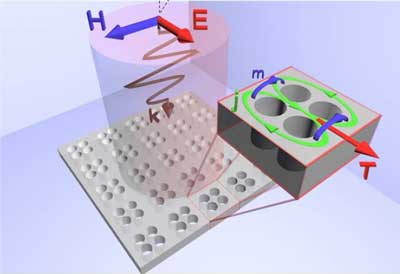 Researchers have developed a metamaterial-dielectric that has unique characteristics and is easy to manufacture. This ease of access will allow researchers to use it to create the latest optical devices.
Researchers have developed a metamaterial-dielectric that has unique characteristics and is easy to manufacture. This ease of access will allow researchers to use it to create the latest optical devices.
Jul 23rd, 2018
Read more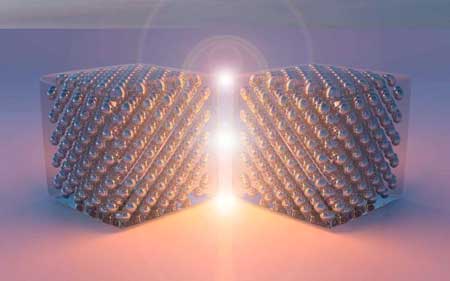 Using advanced fabrication techniques, engineers have built a nanosized device out of silver crystals that can generate light by efficiently 'tunneling' electrons through a tiny barrier.
Using advanced fabrication techniques, engineers have built a nanosized device out of silver crystals that can generate light by efficiently 'tunneling' electrons through a tiny barrier.
Jul 23rd, 2018
Read more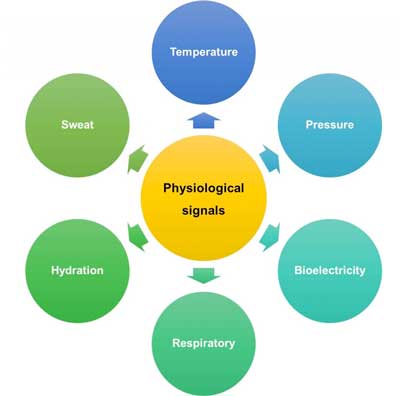 A new review articles discusses the recent advances in flexible and stretchable electronics that are currently used for electronic skins and biological devices in human healthcare.
A new review articles discusses the recent advances in flexible and stretchable electronics that are currently used for electronic skins and biological devices in human healthcare.
Jul 23rd, 2018
Read more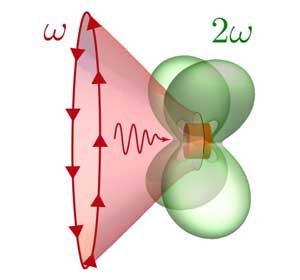 An international research team has found a way to make light frequency conversion at the nanoscale a hundred times more efficient.
An international research team has found a way to make light frequency conversion at the nanoscale a hundred times more efficient.
Jul 23rd, 2018
Read more The table groups molecules according to the nano-shapes they form.
The table groups molecules according to the nano-shapes they form.
Jul 23rd, 2018
Read more Researchers have developed a novel Ni nanoparticles-embedded N-doped carbon nanotubes (Ni@N-C) complex for hydrogen evolution reaction.
Researchers have developed a novel Ni nanoparticles-embedded N-doped carbon nanotubes (Ni@N-C) complex for hydrogen evolution reaction.
Jul 23rd, 2018
Read more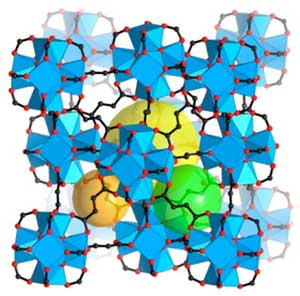 Based on the biomineralization process that grows bone and shells, researchers have developed a new way to encapsulate and transport vaccines at room temperature.
Based on the biomineralization process that grows bone and shells, researchers have developed a new way to encapsulate and transport vaccines at room temperature.
Jul 23rd, 2018
Read more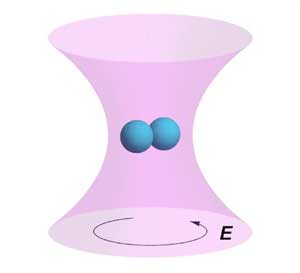 At more than 60 billion revolutions per minute, this machine is more than 100,000 times faster than a high-speed dental drill.
At more than 60 billion revolutions per minute, this machine is more than 100,000 times faster than a high-speed dental drill.
Jul 20th, 2018
Read more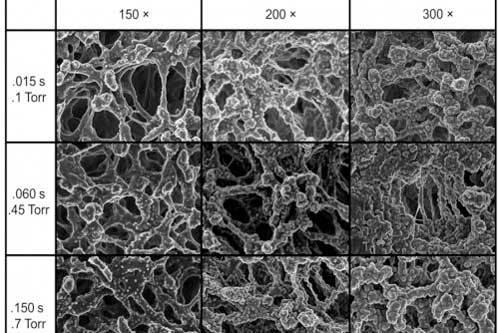 Named for the mythical god with two faces, Janus membranes - double-sided membranes that serve as gatekeepers between two substances - have emerged as a material with potential industrial uses. Creating two distinct 'faces' on these delicate surfaces, however, is a process fraught with challenges.
Named for the mythical god with two faces, Janus membranes - double-sided membranes that serve as gatekeepers between two substances - have emerged as a material with potential industrial uses. Creating two distinct 'faces' on these delicate surfaces, however, is a process fraught with challenges.
Jul 20th, 2018
Read more The properties of a solid depend on the arrangement of its atoms, which form a periodic crystal structure. At the nanoscale, arrangements that break this periodic structure can drastically alter the behavior of the material, but this is difficult to measure. Recent advances by scientists are starting to unravel this mystery.
The properties of a solid depend on the arrangement of its atoms, which form a periodic crystal structure. At the nanoscale, arrangements that break this periodic structure can drastically alter the behavior of the material, but this is difficult to measure. Recent advances by scientists are starting to unravel this mystery.
Jul 20th, 2018
Read more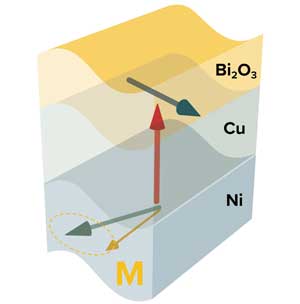 A nanodevice that generates an electrical current from a spin current, which in turn is generated by mechanical oscillations, demonstrates the versatility of electron spin to convert between energy forms.
A nanodevice that generates an electrical current from a spin current, which in turn is generated by mechanical oscillations, demonstrates the versatility of electron spin to convert between energy forms.
Jul 20th, 2018
Read more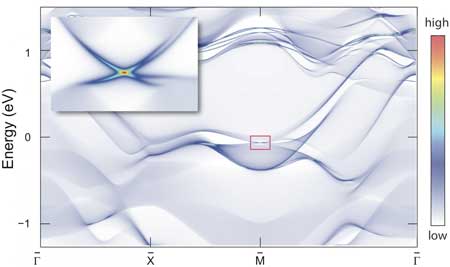 An international team of scientists has discovered a new, exotic form of insulating material with a metallic surface that could enable more efficient electronics or even quantum computing.
An international team of scientists has discovered a new, exotic form of insulating material with a metallic surface that could enable more efficient electronics or even quantum computing.
Jul 19th, 2018
Read more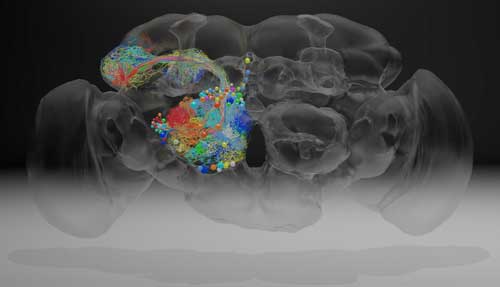 Two high-speed electron microscopes. 7,062 brain slices. 21 million images. For a team of scientists these numbers add up to a technical first: a high-resolution digital snapshot of the adult fruit fly brain.
Two high-speed electron microscopes. 7,062 brain slices. 21 million images. For a team of scientists these numbers add up to a technical first: a high-resolution digital snapshot of the adult fruit fly brain.
Jul 19th, 2018
Read more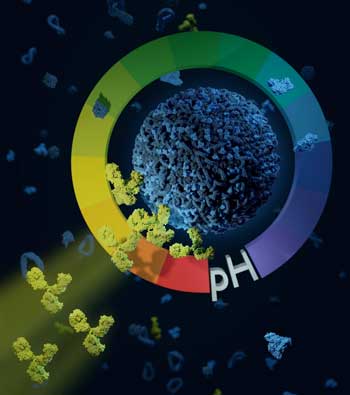 Scientists have developed a new method to enable miniature drug-filled nanocarriers to dock on to immune cells, which in turn attack tumors.
Scientists have developed a new method to enable miniature drug-filled nanocarriers to dock on to immune cells, which in turn attack tumors.
Jul 19th, 2018
Read more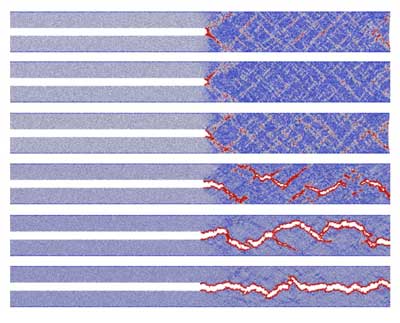 This new modeling technique could improve computer-aided materials design and help researchers determine the properties of metallic glasses.
This new modeling technique could improve computer-aided materials design and help researchers determine the properties of metallic glasses.
Jul 19th, 2018
Read more